They press their hands together in the praying position. It resembles a 'lotus bud'. They are giving their respect to Buddha. They are the followers of Buddha. Some Buddha images have robes that fall in folds to the ground to resemble lotus leaves. Many Buddhist homes have a heavy-set image representing an infant Buddha with a lotus shaped hairline. He loves to frolic among the lotuses. Today I will travel into the mountains to see the lotus growing.
I was walking back to the hotel one night after eating
. A young man sitting on a motorcycle yelled 'Hello' to me. This happens all the time here in Battambang, especially with the young crowd. I answered back and asked him how he was. He said fine and I continued my walk. He caught up to me about halfway down the block on his moto and asked if I had a few minutes to talk English with him. He was in his last year at the University and would take his finals in a couple of weeks to graduate. English writing and speaking would be a big part of the testing. This is how I met my new Cambodian friend, Alex.
We stood on the street talking for a while, then he asked if I would like to go back to the restaurant where he spoke to me and eat or drink something and talk a while. I just finished eating and so suggested he come to the hotel lobby and we could talk there instead.
He asked me about sentence structure in English and all sorts of things I haven't thought much about in years. By the end of the night he asked if I would like to take a trip with him the next day to the mountains
.
On the way out of town, we passed a pagoda and I asked Alex to stop long enough for me to get some pictures. There were Chinese graves around the pagoda and lots of statues that I am sure represented some war or something. All these images have meaning to the Buddhist people.
An hour or so later we arrived at the dam where Antonio and Analee and I went with Villa and Samnang when we first got to Battambang. That day we swam in the spillway of the dam. Today, though, because of the dry season, the lake is too low for the water to flow through the spillway. The spillway where we swam a few weeks ago is dry.
I wrote about this dam in an earlier post. It's the Kamping Puoy Resevoir. Tens of thousands of people died building it, mostly from malnutrition, disease, overwork and mistreatment. Many bodies are still buried in the dam. It's about 25 miles from Battambang and the Khmer Rouge engineered this gigantic project as an irrigation scheme for the goal of making Cambodia an agricultural society
.
Alex and I walked along the small river used for irrigation where some small boys were swimming. On the other side of the dam we walked down to the waters edge and saw some plants growing. Alex did not know the English name for them. An enterprising Cambodian with a longtail boat offered us a tour of the lake to see the plants growing (for a few dollars).
The boat tour lasted an hour and we got out on a couple of islands created by the low waters and walked among the plants. There are men in small boats drawing fish nets up all over the lake. One time a net got wrapped around the propeller. The flowers on these plants are beautiful pink and white and are sacred in parts of Asia. Inside is a yellow fruit that will turn green when it is ripe.
Our guide breaks a stem and shows us the threads inside. These threads are used in making high-quality garments and the fruit inside can be eaten.
After our tour, Alex and I start to leave on the moto when we spot a "Lotus Center"
. So, that's what these are called in English!
We stop and go in the little bamboo hut where 3 or 4 women sit on the floor with a small wooden table over their laps. They are weaving the lotus fiber that we just saw in the stems. I am not allowed to take photos. (I'm not sure why. There are just 3 or 4 women stretching the fibers and weaving them together). But, I found two photos on the web and added them to this entry for you.
It turns the out the Burmese discovered this technique of hand-weaving the lotus fibers in 2009. It creates an exclusive fabric that is sold in high-end shops. It is a real skill to be able to weave these fibers and these women are trained to be able to do this. It looks like tiring work to me.
The women take 5 or 6 stems a few inches long in their hand and make a shallow knife cut in them. The stems are snapped at the cuts and there are 20-30 fine white filaments inside These are pulled out and rolled into a single thread on the small tables over the women's laps
. It takes approximately 25 women making thread to keep one weaver busy.
In order to get the longest lengths, the lotus stems are harvested during the rainy season from June to November. The lake level is highest during this time. About a week prior to harvesting, popped rice is scattered on the water and offerings are made to pacify the spirits to seek their permission and to ensure a good harvest.
On the day of the harvest, prayers are offered to Buddha for a bountiful harvest.
It was interesting to learn about this plant. I think Alex learned some things, too. Just by accident (seeing the little Lotus Center hut), I found out what this fruit was that I had been eating. You break off a portion of the green fruit and there is a seed inside that you eat. It doesn't have a lot of taste. Sort of reminds me of eating raw green beans. But, it seems to be popular with Asian people.
I told Alex I needed to be back to my hotel by 1 in the afternoon because Samnang was picking me up to go somewhere
. I didn't know where Samnang was taking me. I often don't. They just say they will come at a certain time and I just go. Today he will be there around 2 p.m.
Samnang took me to the now closed airport. The runways are free for people to ride on. I had mentioned I would like to learn to drive the moto sometime and Samnang decided this was the day. We rode around on the airport runways, making turns and hearing Samnang say to me, "slow, slow" before turning.
On the way home he stopped by a Wat I had not seen. It was a beautiful thing and a good way to end a busy day.
If I had an apartment in the U.S., what would I have done today?
It's A Lotus!
Monday, April 15, 2013
 Quận 10, Ho Chi Minh City, Vietnam
Quận 10, Ho Chi Minh City, Vietnam
Other Entries
-
64Danger in Cambodia
Mar 0937 days prior Siem Reap Province, Cambodiaphoto_camera155videocam 0comment 0
Siem Reap Province, Cambodiaphoto_camera155videocam 0comment 0 -
65Is the Mafia After Me?
Mar 1036 days prior Banan, Cambodiaphoto_camera80videocam 1comment 0
Banan, Cambodiaphoto_camera80videocam 1comment 0 -
66The Mugging
Mar 1135 days prior Siem Reap Province, Cambodiaphoto_camera136videocam 2comment 0
Siem Reap Province, Cambodiaphoto_camera136videocam 2comment 0 -
67These Stats are Horrendous
Mar 1234 days prior Siem Reap Province, Cambodiaphoto_camera61videocam 2comment 2
Siem Reap Province, Cambodiaphoto_camera61videocam 2comment 2 -
68The Phantom Bus
Mar 1333 days prior Siem Reap Province, Cambodiaphoto_camera104videocam 1comment 0
Siem Reap Province, Cambodiaphoto_camera104videocam 1comment 0 -
69The Wedding - Cambodian Style
Mar 1432 days prior Banan, Cambodiaphoto_camera24videocam 1comment 0
Banan, Cambodiaphoto_camera24videocam 1comment 0 -
70The Bamboo Train
Mar 1531 days prior Banan, Cambodiaphoto_camera41videocam 6comment 0
Banan, Cambodiaphoto_camera41videocam 6comment 0 -
71The Story of a Lost Stick
Mar 1630 days prior Banan, Cambodiaphoto_camera117videocam 1comment 0
Banan, Cambodiaphoto_camera117videocam 1comment 0 -
72Dining Cambodian Style
Mar 1729 days prior Banan, Cambodiaphoto_camera65videocam 0comment 0
Banan, Cambodiaphoto_camera65videocam 0comment 0 -
73Blessed With Good Luck
Mar 2620 days prior Siem Reap, Cambodiaphoto_camera176videocam 7comment 0
Siem Reap, Cambodiaphoto_camera176videocam 7comment 0 -
74Nightmare in Cambodia
Mar 2917 days prior Battambang, Cambodiaphoto_camera63videocam 3comment 0
Battambang, Cambodiaphoto_camera63videocam 3comment 0 -
75A Dead City Comes to Life
Apr 0114 days prior Phnom Penh, Cambodiaphoto_camera120videocam 0comment 0
Phnom Penh, Cambodiaphoto_camera120videocam 0comment 0 -
76Torture in A School
Apr 0213 days prior Phnom Penh, Cambodiaphoto_camera113videocam 0comment 0
Phnom Penh, Cambodiaphoto_camera113videocam 0comment 0 -
77Killing Fields
Apr 0312 days prior Phnom Penh, Cambodiaphoto_camera57videocam 0comment 0
Phnom Penh, Cambodiaphoto_camera57videocam 0comment 0 -
78Lost in A Maze, In the Cambodian Mountains
Apr 069 days prior Sen Monorom, Cambodiaphoto_camera101videocam 7comment 0
Sen Monorom, Cambodiaphoto_camera101videocam 7comment 0 -
79A Cambodian Birthday Party
Apr 132 days prior Battambang, Cambodiaphoto_camera185videocam 2comment 0
Battambang, Cambodiaphoto_camera185videocam 2comment 0 -
80HAPPY NEW YEAR! "2557"
Apr 141 day prior Banan, Cambodiaphoto_camera141videocam 12comment 0
Banan, Cambodiaphoto_camera141videocam 12comment 0 -
81It's A Lotus!
Apr 15 Quận 10, Vietnamphoto_camera107videocam 6comment 0
Quận 10, Vietnamphoto_camera107videocam 6comment 0 -
82Saigon - The Old and New
May 0520 days later Ho Chi Minh City, Vietnamphoto_camera51videocam 6comment 0
Ho Chi Minh City, Vietnamphoto_camera51videocam 6comment 0 -
83Stuck On A Boat in the Mekong Delta
May 0621 days later Ho Chi Minh City, Vietnamphoto_camera152videocam 11comment 0
Ho Chi Minh City, Vietnamphoto_camera152videocam 11comment 0 -
84The Dark Tunnel
May 0823 days later Ho Chi Minh City, Vietnamphoto_camera85videocam 6comment 0
Ho Chi Minh City, Vietnamphoto_camera85videocam 6comment 0 -
85A Question Answered
May 0924 days later Nha Trang, Vietnamphoto_camera142videocam 10comment 0
Nha Trang, Vietnamphoto_camera142videocam 10comment 0 -
86You Might Get A Call from Vietnam
May 1227 days later Hoi An, Vietnamphoto_camera132videocam 0comment 4
Hoi An, Vietnamphoto_camera132videocam 0comment 4 -
87Just Call Me Captain From Now On
May 1328 days later Hoi An, Vietnamphoto_camera170videocam 3comment 0
Hoi An, Vietnamphoto_camera170videocam 3comment 0 -
88Crossing the Border
Jun 0450 days later Pattaya, Thailandphoto_camera139videocam 2comment 0
Pattaya, Thailandphoto_camera139videocam 2comment 0 -
89I Can't Find A Tuk Tuk
Jun 1460 days later Jonesboro, United Statesphoto_camera7videocam 0comment 4
Jonesboro, United Statesphoto_camera7videocam 0comment 4 -
90Get Onboard!
Sep 03141 days later San Diego, United Statesphoto_camera6videocam 0comment 4
San Diego, United Statesphoto_camera6videocam 0comment 4 -
91As Beautiful As It Is Dangerous
Sep 05143 days later Kihei, United Statesphoto_camera114videocam 2comment 2
Kihei, United Statesphoto_camera114videocam 2comment 2 -
92A Walk In The Clouds
Sep 06144 days later Haleakala National Park, United Statesphoto_camera137videocam 2comment 3
Haleakala National Park, United Statesphoto_camera137videocam 2comment 3 -
93The Playground Called Waikiki
Sep 10148 days later Waikiki, United Statesphoto_camera60videocam 3comment 0
Waikiki, United Statesphoto_camera60videocam 3comment 0 -
94Today I Found A Diamond
Sep 11149 days later Waikiki, United Statesphoto_camera89videocam 1comment 0
Waikiki, United Statesphoto_camera89videocam 1comment 0 -
95"Don't Worry About It"
Sep 12150 days later Honolulu, United Statesphoto_camera135videocam 0comment 0
Honolulu, United Statesphoto_camera135videocam 0comment 0 -
96It's Friday the 13th - Does That Matter?
Sep 13151 days later Honolulu, United Statesphoto_camera55videocam 3comment 0
Honolulu, United Statesphoto_camera55videocam 3comment 0 -
97..........And The Skipper Too
Sep 14152 days later Waikiki, United Statesphoto_camera73videocam 10comment 0
Waikiki, United Statesphoto_camera73videocam 10comment 0 -
98As The Sun Sets
Sep 17155 days later Maui, United Statesphoto_camera101videocam 4comment 0
Maui, United Statesphoto_camera101videocam 4comment 0 -
99THE BED!
Sep 19157 days later Tokyo, Japanphoto_camera10videocam 0comment 2
Tokyo, Japanphoto_camera10videocam 0comment 2

 Quận 10, Ho Chi Minh City, Vietnam
Quận 10, Ho Chi Minh City, Vietnam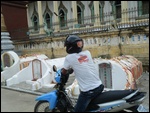
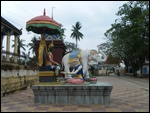
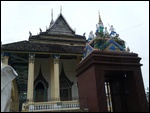
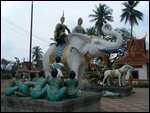
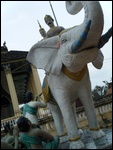
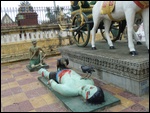





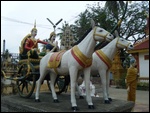
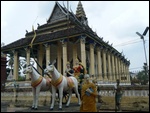
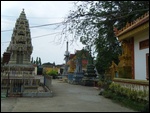
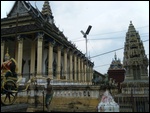
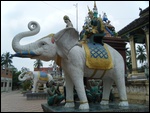
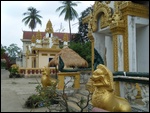
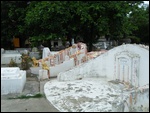
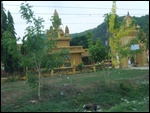
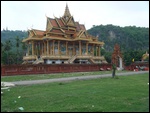
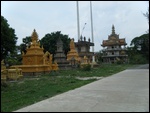
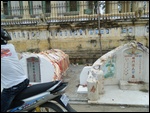

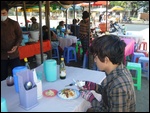

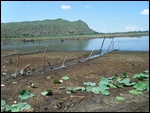

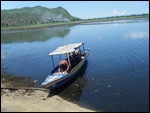
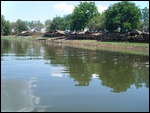


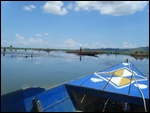
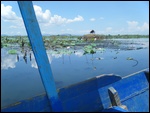
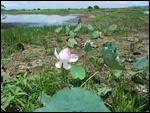

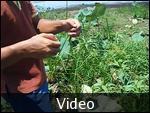
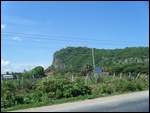
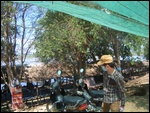
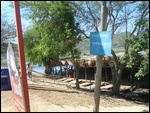
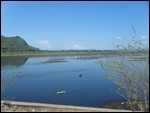

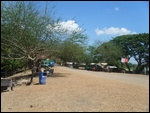
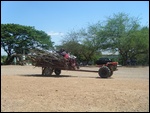
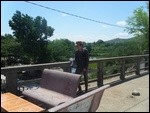
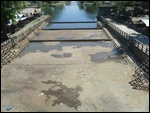
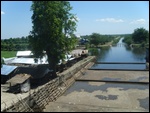

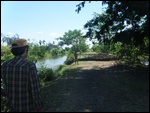
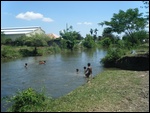
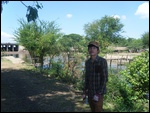
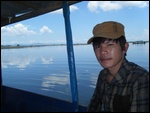
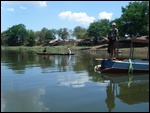
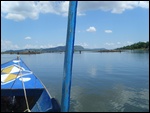

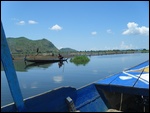
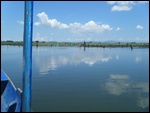
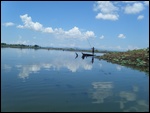
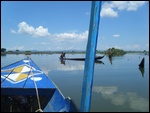
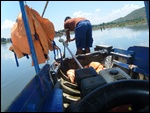
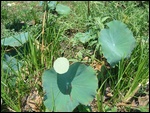
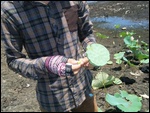

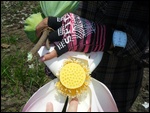
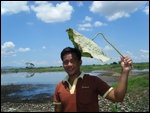
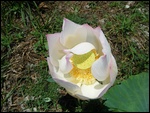
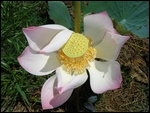
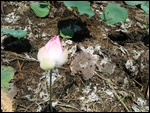





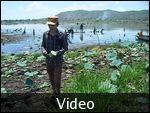
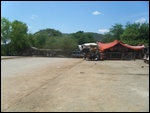

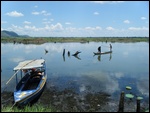
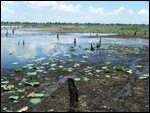
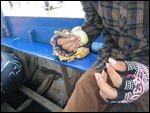

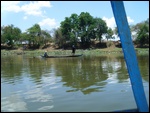
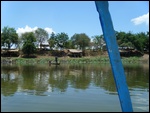
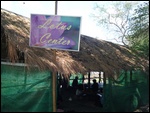
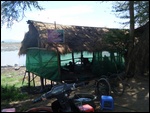
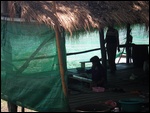
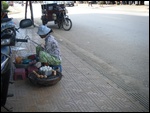

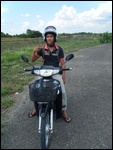

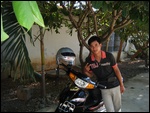
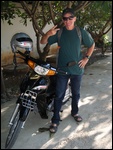
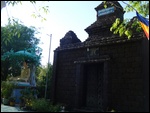
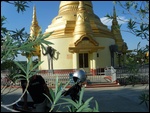
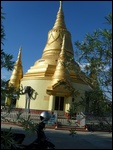
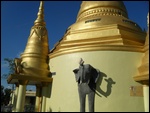
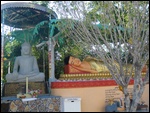
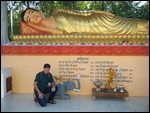
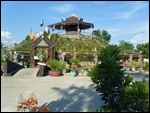
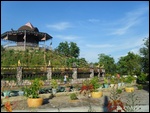
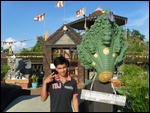
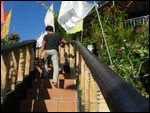
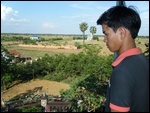
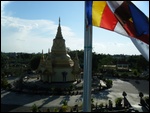
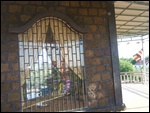

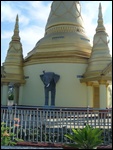
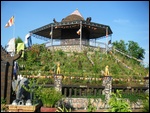
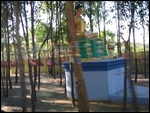
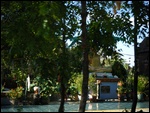
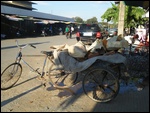
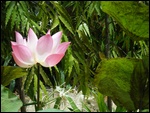

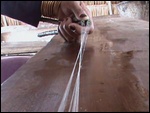
2025-05-22